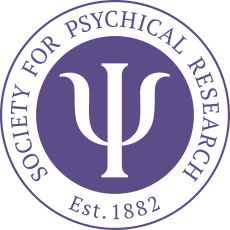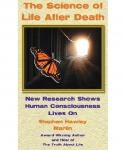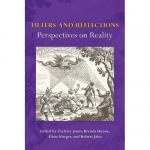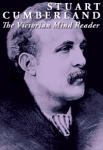From the publisher’s website: What is the sixth sense? Is it physical, mental or spiritual? Do we all possess it or is it unique to exceptional individuals? Might there be a seventh sense and an eighth sense as well? What role does culture play in determining the range of our perceptual abilities?
The search for a supplementary sense has taken many directions and yielded numerous possibilities for an "additional faculty" of perception - from magnetism and movement to dreaming and clairvoyance. Stimulating reflection and debate, The Sixth Sense Reader explores the cultural contexts which give rise to such reports of "psychic" and other powers that exceed the ordinary bounds of sense.
In this groundbreaking volume, leading scholars in history, anthropology and biology take the reader on a tour of the far borderlands of consciousness. From the world beneath to the world beyond the five senses, every potential avenue of sensation is opened up for investigation.
Contents: Acknowledgments Introduction: The Revolving Sensorium PART I: BEARINGS 1 The Search for a Sixth Sense: The Cases for Vestibular, Muscle, and Temperature Senses Nicholas J. Wade 2 Sense of Direction W. H. Hudson 3 Bushman Presentiments Wilhelm H. I. Bleek and Lucy C. Lloyd 4 Anatomy of Mysticism Jess Byron Hollenback PART II: HISTORICAL INVESTIGATIONS 5 The Five Senses in Classical Science and Ethics Louise Vinge 6 The Mesmerism Investigation and the Crisis of Sensationist Science Jessica Riskin 7 Swedenborg's Celestial Sensorium: Angelic Authenticity, Religious Authority, and the American New Church Movement Leigh Eric Schmidt 8 The Erotics of Telepathy: The British SPR's Experiments in Intimacy Pamela Thurschwell 9 Intuition and Reason in the New Age: A Cultural Study of Medical Clairvoyance Ruth Barcan 10 Refusing to Give Up the Ghost: Some Thoughts on the Afterlife from Spirit Photography to Phantom Films Pamela Thurschwell PART III: UNCANNY SENSATIONS 11 The Sense of Being Stared At Rupert Sheldrake 12 Tactility and Distraction Michael Taussig PART IV: CROSS-CULTURAL INVESTIGATIONS 13 Sense-Experience and Mystical Experience Mircea Eliade 14 Peyote and the Mystic Vision Barbara G. Myerhoff 15 The Embodiment of Symbols and the Acculturation of the Anthropologist Carol Laderman 16 Sensing Divinity, Death, and Resurrection: Theorizing Experience through Miracles Bilinda Straight 17 Zulu Dreamscapes: Senses, Media, and Authentication in Contemporary Neo-Shamanism David Chidester ABCDERIUM of Extra/Sensory Powers Notes on Contributors Copyright Acknowledgments Index













